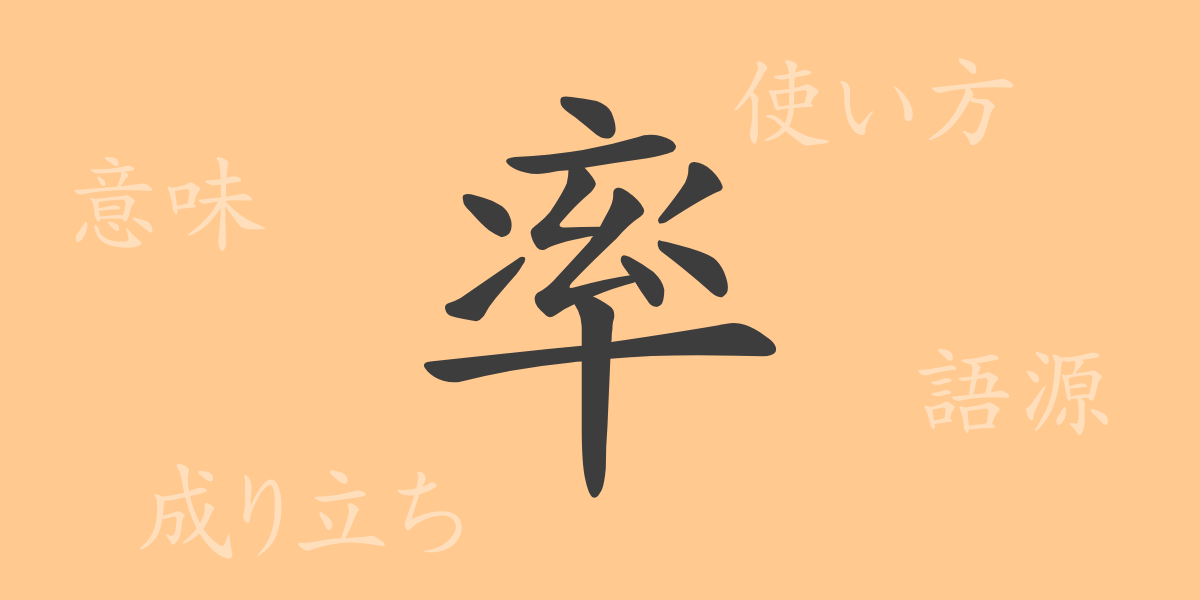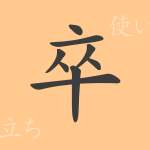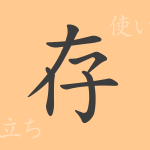Japanese language is renowned for its richness, supported by numerous Kanji, each with their unique history and meanings. Among these, “率” (ソツ)(リツ)(ひきいる) (sotsu)(ritsu)(hikiiru) is particularly versatile, used in various contexts like numbers, rates, and leadership. This article delves deep into the world of “率”, from its origins to modern usage and its extensive use in idioms and phrases, enriching our understanding of this integral Kanji.
Origin of “率” (ritsu)
The Kanji “率” originates from ancient Chinese, where it combined “糸” (いと) (ito), representing thread, and “聿” (ふで) (fude), symbolizing a mark. It originally symbolized leading or drawing out, and over time, it evolved to represent control, rates, and directness. “率” has become a staple in Japanese, used for its versatility across different meanings and contexts.
Meaning and Usage of “率” (ritsu)
“率” carries meanings such as ‘to lead,’ ‘rate,’ and ‘frankness.’ It’s used to describe leadership in ‘率いる’, numerical ratios in statistical contexts, and forthrightness in personal traits. These uses permeate business and everyday conversation, illustrating the Kanji’s broad applicability.
Readings, Stroke Count, and Radical of “率” (ritsu)
The Kanji “率” is distinguished by its readings and structure:
- Readings: On’yomi “ソツ” (sotsu), “リツ” (ritsu), Kun’yomi “ひきいる” (hikiiru)
- Stroke Count: 11 strokes
- Radical: 糸部 (いとへん) (itohen)
Phrases and Proverbs Using “率” (ritsu) and Their Meanings
Phrases and proverbs containing “率” reflect the richness of Japanese expressions:
- 成功率 (せいこうりつ) (seikouritsu): Denotes the probability or rate of success.
- 率先垂範 (そっせんすいはん) (sossensuihan): Leading by example.
- 率直 (そっちょく) (socchoku): Being honest and straightforward.
- 無理率 (むりりつ) (muriritsu): The rate or degree of being unreasonable.
- 率いる (ひきいる) (hikiiru): To lead or guide a group or project.
These phrases enrich communication by providing precise and varied ways to express concepts related to leadership, integrity, and assessment.
Conclusion on “率” (ritsu)
The Kanji “率” plays a pivotal role in the Japanese language through its diverse meanings and applications. From leadership to numerical ratios and character traits, “率” enhances the expressiveness of Japanese. As you encounter “率” in daily life or business, remembering its historical and cultural significance can deepen your understanding and usage of this profound Kanji.

























